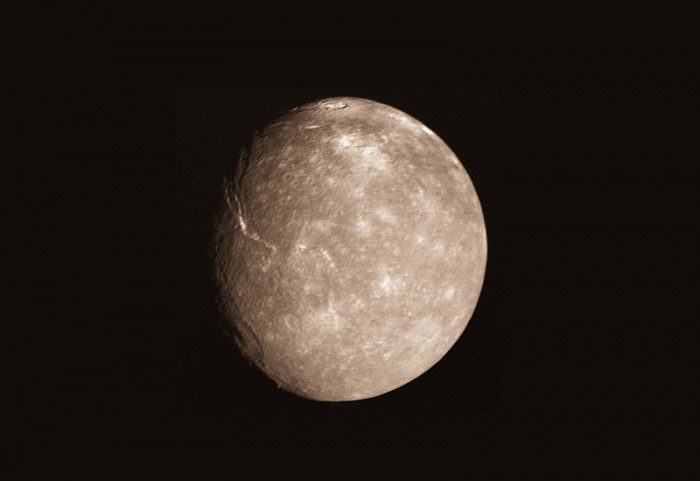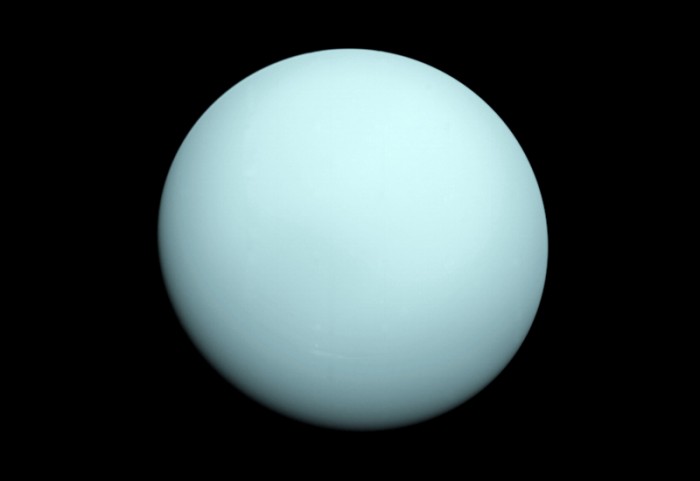An interesting study found that the extreme tilt of Uranus is the result of satellites such as the rings of Saturn.
An international research team including the Sorbonne University in France and the University of Pisa in Italy published a paper on the 14th and argued that the axis of rotation of Uranus, which was almost on its side, was caused by a giant satellite.
The axis of rotation of the solar system planet Uranus is 97.77 degrees. Given that the tilt of the axis of rotation of the other planets in the solar system is about 30 degrees, this is quite unusual.
The hypothesis that has been consistently put forward as to why Uranus’ rotation axis is so inclined is the “giant impact theory”. As evidence that it has been found on other planets, the giant impact theory is a factor in the tilt of the planet’s rotation axis.
But the biggest weakness of this hypothesis is the lack of clear evidence and it cannot be verified due to the disappearance of the colliding satellite. For Neptune, which has an internal structure and atmospheric composition similar to Uranus, this hypothesis has already been rejected, and it is difficult to apply the giant impact theory loosely to Uranus because its axis of rotation is about 28 degrees.
Recently, theories have emerged that the axes of rotation of Jupiter and Saturn, which are not very tilted, have changed several times a billion years ago and have reached the present. Scientists claim that this depends on the tidal power of the giant moons of Jupiter and Saturn.
The research team believes that this hypothesis is worth testing on Uranus. The research team, which prepared a simulation of the satellite’s tilt axis, analyzed the interaction between the mother and the moon over more than 4 billion years, assuming the presence of Uranus’ moons at different distances and masses.
As a result, if there was a satellite with a mass of 0.044% that of Uranus (0.64% of the Earth, 52% of the Moon), then Uranus’ axis of rotation would simply tilt more than 80 degrees over millions of years. However, the mass has been calculated to be up to four times the mass of the 27 moons currently orbiting Uranus, including Titania.

An official from the research team said: “When the inclination of the rotation axis reaches this level, the change in the tilt of the orbit of the Moon and the axis of Uranus becomes unstable.
In other words, the research team concluded that the tilt of Uranus’ axis of rotation was almost permanently fixed if it fell on its side when the giant satellite interacting with the mother collided and disappeared. The absence of satellites can also be explained in this case. Assuming the giant satellite has the mass derived from the simulation and the orbit radius varies over 10 times the radius of Uranus, this scenario has a probability of over 80%.
The research team acknowledged that the hypothesis that a giant moon collided with Uranus could not be directly verified, as well as the theory of the giant impact. However, we plan to see if the current satellites of Uranus can serve as a guide in future simulations.
Reporter Jeong Ian Angle @sputnik.kr

“Coffee trailblazer. Social media ninja. Unapologetic web guru. Friendly music fan. Alcohol fanatic.”

